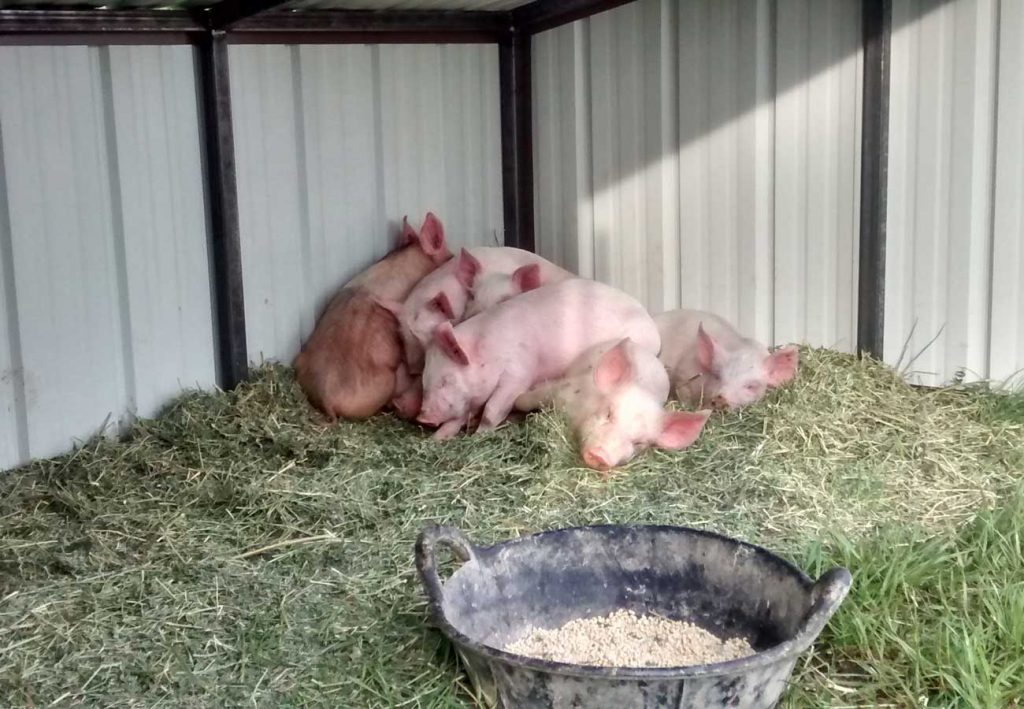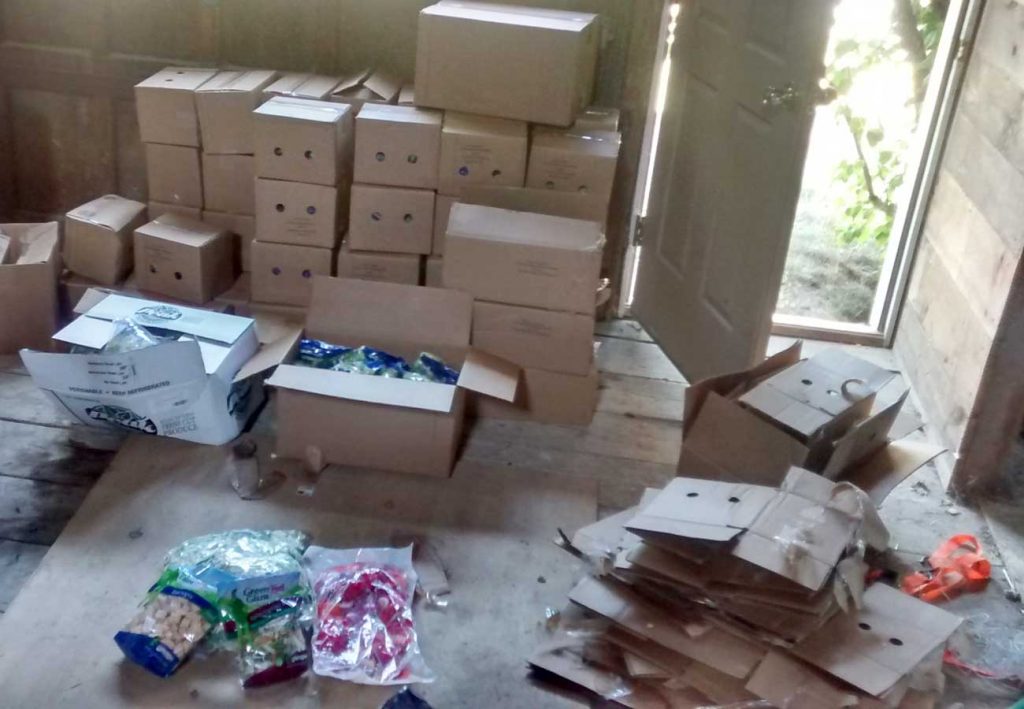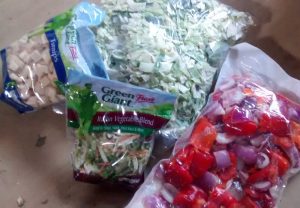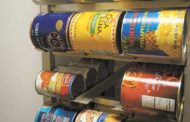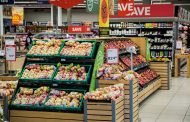Turning Food Waste Into Food Sovereignty
by Jeremy Bloom
This is a story of how one family is using food waste for the forces of good, instead of dumping it in trash bags. Once in the landfill it will cause great damage to our environment and have no more use to society. This is a sad end. Society has expended such great energy to create the food in the first place.
I’ve been living in West Falmouth for the last six months. The family I live with are raising eight pigs at a small beginning farm. These pigs are destined to feed fifteen homes.
It is an honor to live alongside these animals. I get to see how they live and interact, and I know what they eat. This is important because down the road I will eat them.
Feeding pigs through a season is a big job. I’ve worked at a soup kitchen, as a cook in restaurants and as an occasional farm worker. I live in a land of compost, recycling and garbage. This experience uniquely qualifies me to help this busy family manage a huge pile of food for their pigs.
We go to soup kitchen pantries to gather boxes and boxes of ready-to-rot food that couldn’t be served. I mean, it’s free food. Why not use it to feed our food? And since it’s mostly produce we are talking about (although not entirely organic, but we do what we can), it can all be given to the pigs or composted. Both are good directions that create a circle of life and reduce food waste. Otherwise, we buy feed grain that is processed and comes in more packaging. Processed food and packaging are both things we want to keep to a minimum.
We get a palette of food from Wayside Food Programs. They couldn’t store it long enough. It was starting to go bad. Although they feed hundreds of people each week, the pantry simply can’t store as much food as they receive. And they have a warehouse! Imagine how much food waste that is. They can’t keep it long enough to give away, and yet so many people are hungry.
Matt is the father of the small farm family. He heads over to the pantry with his pickup truck to get the produce. He is easily overwhelmed. It is a huge amount of food waste. He loads his truck, takes it home and unloads.
It’s a hot sunny day, so Matt puts it all in the barn. This is preferable to a huge pile in his driveway. It’s no refrigerator, but the barn is cool in the shade and gives us a better chance of feeding the pigs before the food goes bad.
So what do we have… About 100 cardboard boxes of cubed turnip, shaved brussel sprouts, shredded cabbage in bulk plastic bags, and peppers and onions in bulk plastic bags.
As a family we unpack the food to feed the pigs, opening dozens and dozens of tiny bags of shaved brussel sprouts and cubed turnips. We properly dispose of anything that the pigs won’t eat (yes, the pigs are actually quite picky and won’t eat completely rotten food), as well as the packaging and cardboard boxes it all came in.
We open the packages and dump it into buckets for the pigs. The bags and cardboard start piling up. After a few weeks of this, the bags and boxes are overwhelming. It’s clear we need to work harder to manage what’s going on.
Thankfully, the pigs like the brussel sprouts. And generally a lot of the food looks good enough for humans or animals. For now, we are feeling good about the food quality, but as days go by, it won’t be this good.
So we set up composting in the yard. Matt made a big fenced area for large piles to accumulate. This is where we will put any rotting produce to break down through the winter and feed the gardens next spring.
The best part is no more nasty trash that smells of rotting food. Dry trash is way easier to deal with. That’s what we want to send to the landfill… not CO2-releasing rotting food that leaches into our groundwater and carries everything we threw away with it.
The plastic packaging goes in the trash. That’s our only option. In this case it’s just the way it is.
Then there’s lots of cardboard boxes that take some time to flatten out, or “break down” as we say. Matt puts the huge pile in the back of his truck and heads for a recycling center where they accept cardboard in bulk.
We also use cardboard in the garden. It can be used to cover grass and make paths between growing rows. Layer it with dirt and compost to create “composting garden beds”. Or rip it up and it will be great in the compost as well. It’s made of tree… it will break down. Cardboard is a wonderful resource for lots of things. There’s more than you think in the world. Go to ANY store and ask for cardboard and I almost guarantee you can get as much as you can fit in your car.
Every week, Matt puts the pallet, milk crates and other containers back on the pickup and heads to the pantry for more.
It takes a lot of our time to deal with all this food waste. The option is available to just throw it in the landfill. It would certainly be easier, but being smart and investing some time and light labor gives us so much more. We’ll get happier animals meaning tastier food. We’ll get happy vegetables by composting. We are happier as people for putting in that time. It is rewarding to use what’s available and not create more. For the family raising animals for food, this is smart livin’.
So there it is. Using the resources in the community to help at home. Not everyone raises pigs, but these resources are out there for those who do.
 The real question is what happens to that palette of food if you don’t have homesteader’s like Matt and his family? Don’t forget, there’s probably four more palettes that were not picked up.
The real question is what happens to that palette of food if you don’t have homesteader’s like Matt and his family? Don’t forget, there’s probably four more palettes that were not picked up.
In terms of food sovereignty, we’ve created a little of our own at this small farm. True food sovereignty means reworking the food system so that an excess of food and hunger do not exist together. We can all do our part.
Jeremy Bloom has been a local foodie, organizer, farmer, chef and activist for the last 8 years in the Portland area. He enjoys sharing stories of his adventures in food. He is also the Internet Farmer, a software and website service for environmental and socially conscious organizations that often focus on local food. You can contact Jeremy at jeremy@internet-farmer.com.

